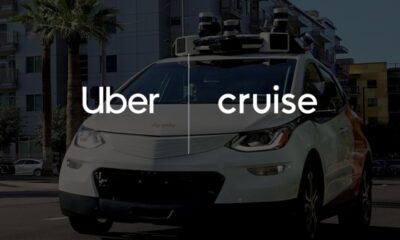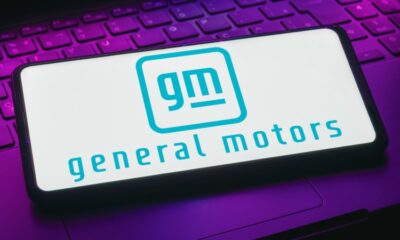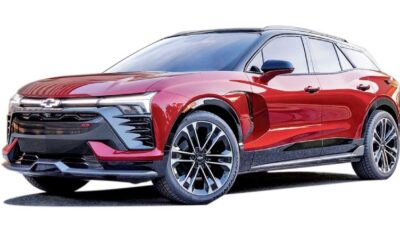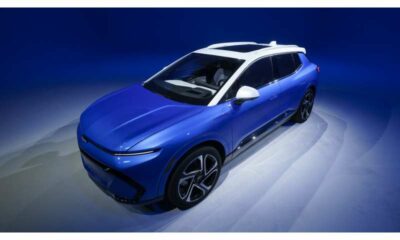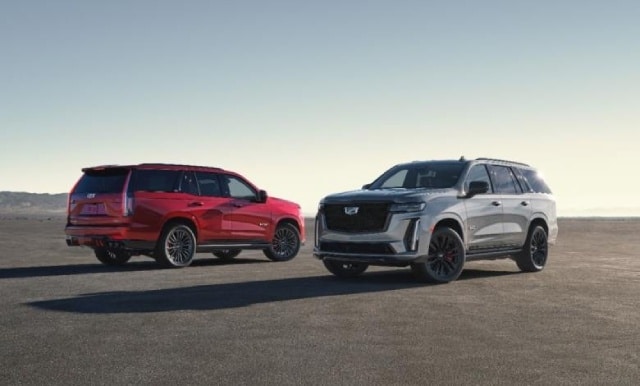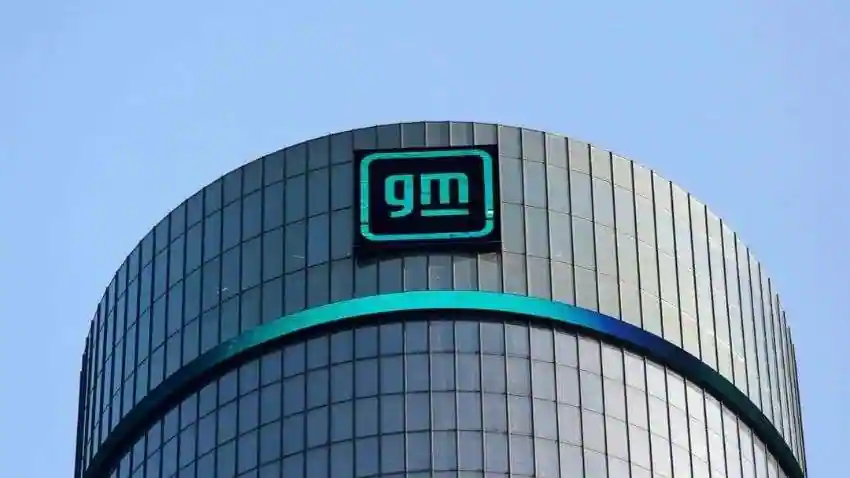Business
GM’s Cruise will Rerurn to Diving Cars in Phoenix with Human Drivers
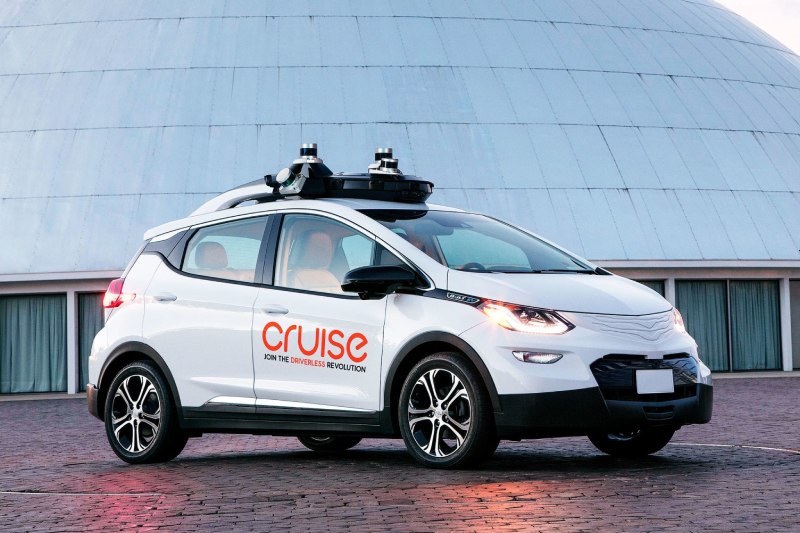
The company announced that starting with a small fleet of human-driven vehicles in Phoenix, General Motors’ self-driving vehicle unit, Cruise will be redeploying cars on American roads on Tuesday for the first time since October.
The company shut down operations weeks after an incident on October 2 in San Francisco that resulted in a pedestrian being dragged 20 feet by a Cruise robotaxi after being hit by another car. This is the reason for the relaunch.
According to the company, the repurposed vehicles will now “create maps and gather road information in select cities, starting in Phoenix,” instead of performing their previous function as robotaxis.
Cruise stated that its “goal is to resume driverless operations,” but it did not specify when this would happen. Furthermore, no timeline for bringing human-driven cars to more cities was disclosed.
A representative said in a statement, “We have not yet committed to where or when we will start supervised or driverless operations.”
“A critical step for validating our self-driving systems as we work towards returning to our driverless mission,” the company said of the relaunched fleet with human drivers.
“In October 2023, we paused operations of our fleet to focus on rebuilding trust with regulators and the communities we serve, and to redesign our approach to safety,” Cruise said in a blog post. “We’ve made significant progress, guided by new company leadership, recommendations from third-party experts, and a focus on a close partnership with the communities in which our vehicles operate. We are committed to this improvement as a continuous effort.”
Cultural problems, incompetence, and inadequate leadership were identified as the main causes of the regulatory oversights that resulted in the accident by a third-party investigation into the October incident and the fallout that followed, which GM and Cruise commissioned. The investigation also looked into claims that the Cruise leadership had covered up, but it turned up no proof.
Cruise declared in January that it “accepts” the report’s findings. Following the Oct. 2 accident, the San Francisco-based company, of which GM owns approximately 80%, announced that it will “act on all” recommendations and is “fully cooperating” with investigations by state and federal agencies.
The California DMV, the California Public Utilities Commission, the National Highway Traffic Safety Administration, the U.S. Department of Justice, and the Securities and Exchange Commission are among the agencies that have conducted investigations or inquiries into the incident, the company said in January.
Cruise had planned an aggressive robotaxis expansion outside of its home market, where the majority of its vehicles were operated, before the accident.
Not only has Cruise ceased operations but nine other executives have been removed and the company’s co-founders, including CEO and co-founder Kyle Vogt, have resigned. Together with a round of contractor layoffs, the venture also let go of 24% of its staff.
-

 Business3 weeks ago
Business3 weeks agoPrakash and Kamal Hinduja: Driving Social and Environmental Change
-
Education4 weeks ago
Fred DuVal: University Leadership as a Critical Resource for Climate Change Research and Life-Saving Solutions
-

 Health3 weeks ago
Health3 weeks agoThe Hinduja Brothers Commitment to Global Health: Empowering Communities Across Borders
-

 Cryptocurrency3 weeks ago
Cryptocurrency3 weeks agoDesigned For The Masses: How Akasha (AK1111) Is Unlocking Crypto For The Next Billion Users
-

 Cryptocurrency4 weeks ago
Cryptocurrency4 weeks agoNexaglobal & Future World Token (FWT): Could This Be the Next Big Crypto Investment of 2025?
-

 Sports4 weeks ago
Sports4 weeks agoWomen’s NCAA Tournament 2025 Sweet 16: Full Schedule, Fixtures, Teams, Bracket, and How to Watch March Madness Basketball Match Live
-

 Startup2 weeks ago
Startup2 weeks agoCost-Saving Strategies Every Small Business Owner Should Know to Boost Efficiency
-

 Startup3 weeks ago
Startup3 weeks agoMatthew Denegre on the Art of Deal Sourcing: Finding the Right Investment Opportunities

